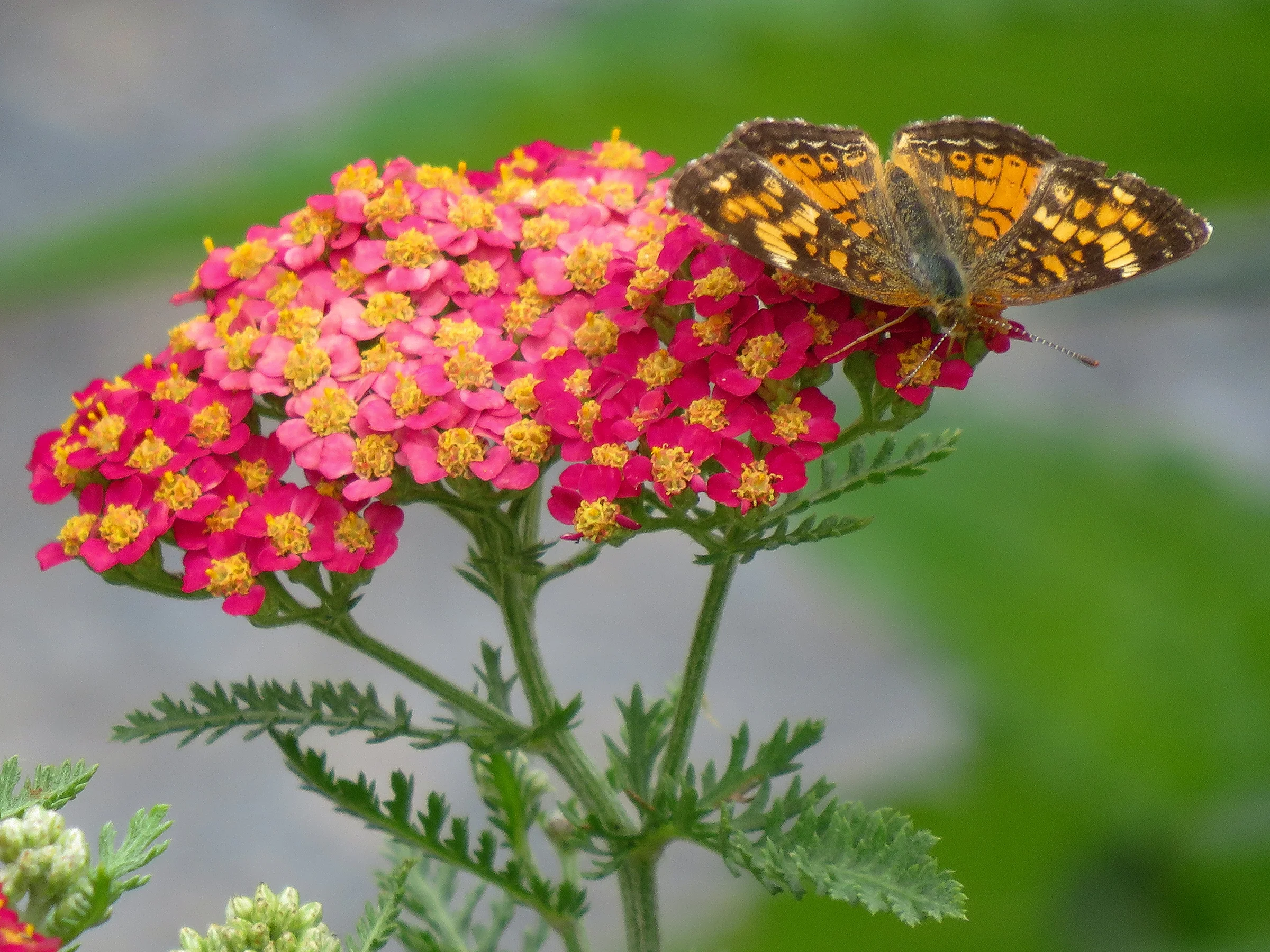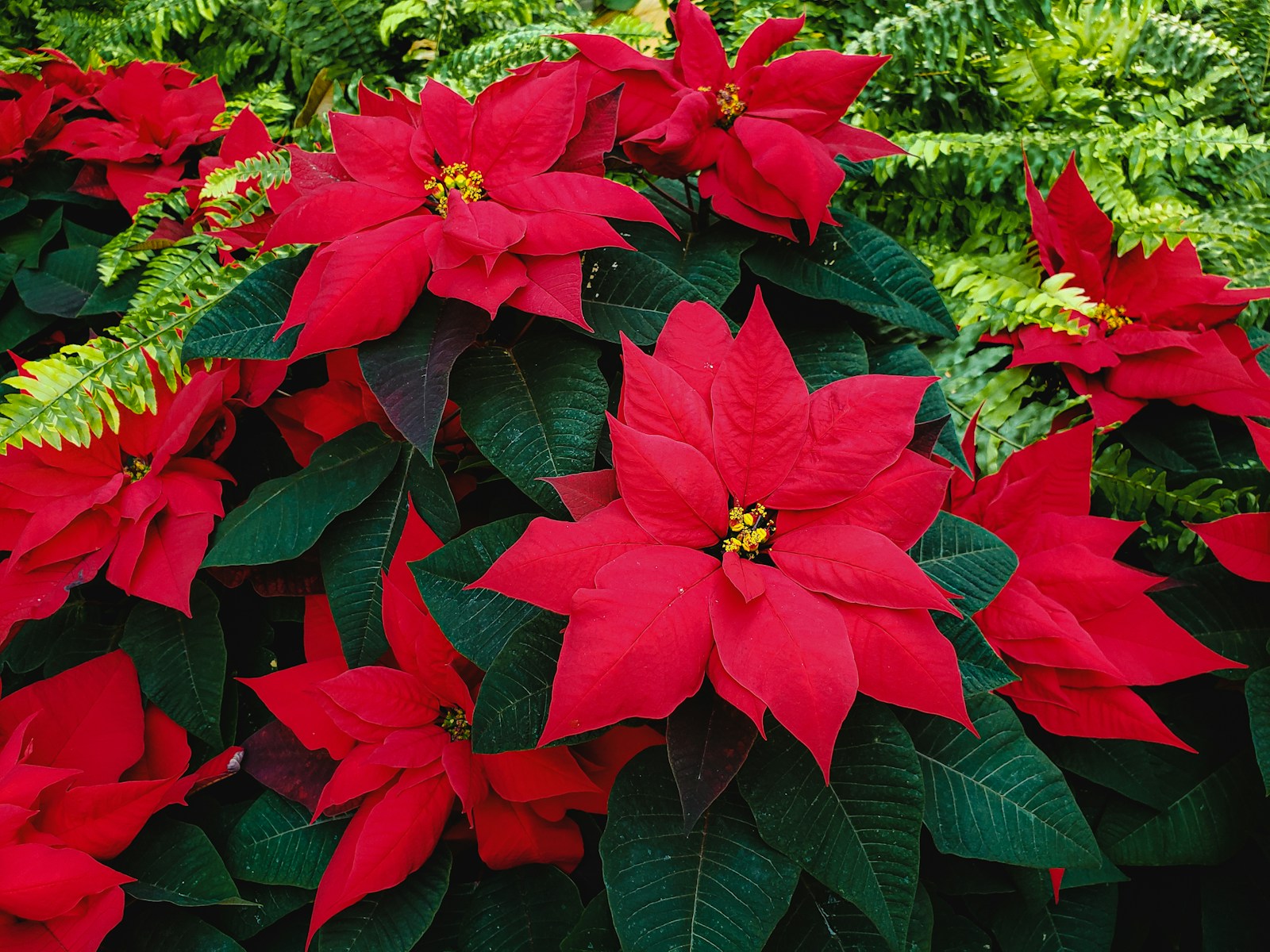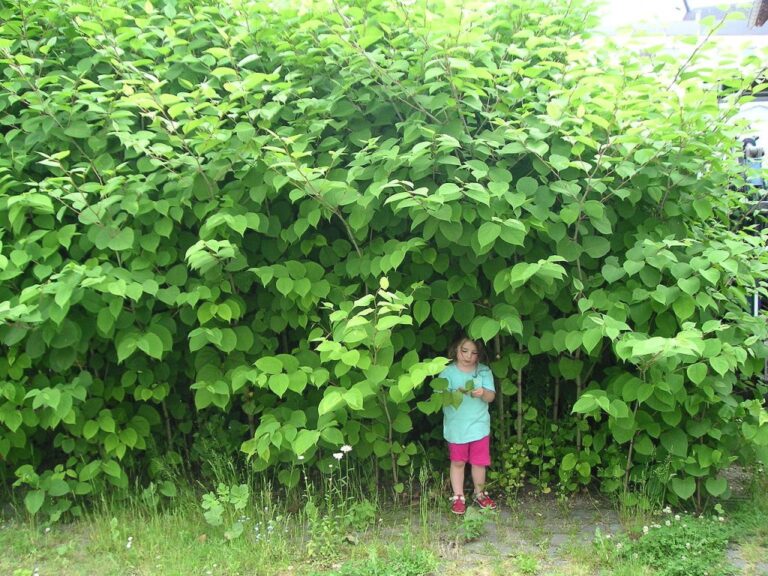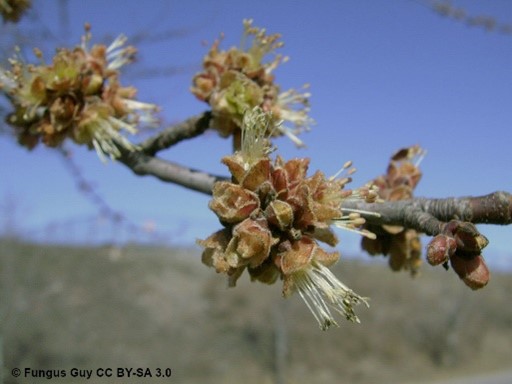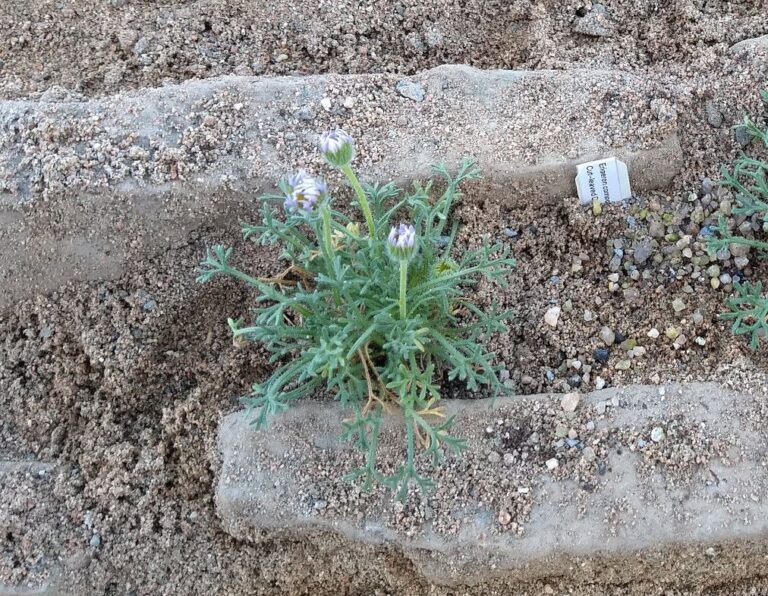Christmas is a time for plants. There is the Christmas tree, of course. Mistletoe and holly also play prominent roles. However, in more recent history the poinset-tia, Euphorbia pulcherrima, has become a symbol of Christmas and a staple for holiday decorating. The sci-entific name means “the prettiest Euphorbia” and that certainly rings true if you are familiar with any of the poinsettia relatives (spurges) you might encounter in New Brunswick. Claims of beauty and associations with Christmas comes from the bright red colours of the poinsettia that appear in December. Bright colours of plants can delight us as gardeners but in nature these are often about attracting a different kind of animal.
For most of their evolutionary history, poinsettias lived out their lives in Mexico, using those colours to attract pollinators and not holiday shoppers. In the plant world, most attractive colours and displays involve flower pet-als. Poinsettias are one of the species that instead uses bracts for this purpose. Bracts are modified leaves that look much like their green counterparts, and in fact are green throughout the year until flowering. Poinsettia flowers are relatively small and inconspicuous struc-tures in the middle of all that red. These flowers pro-duce nectar, although that can vary with the household varieties. Nectar is another clue that these plants are aiming to attract pollinators. In Mexico, at least for culti-vars, poinsettias are visited by a range of insects such as bees, flies, beetles, and butterflies. Why flower in De-cember? Well, in Mexico, this is presumably an excel-lent time to attract these pollinators which have long since been dormant in our northern climes.
Poinsettia reproduction has a few interesting adapta-tions. They are dependent on pollinators to set fruit be-cause the flowers do not have a mechanism to move pollen to the stigmas themselves. If you look closely at the little yellow flowers on your table centerpiece, you’ll see some parts have yellow topped ‘pinheads’. These correspond to the male flowers—those yellow pinheads contain the pollen. The female flowers lack these yellow pinheads and there are fewer in the display (I couldn’t see any on my plant—just male or developing flowers). Because the sexual parts are on separate flowers, pollen doesn’t easily move from one to the other.
Separation of sexual parts is a common adaptation for plants, often because it reduces self-pollination. Self-pollination can be a bad thing for plants just as inbreed-ing can cause problems in animals. That’s where polli-nators come in: they move pollen from male to female flowers—hopefully for the plant from a different plant and not within their own flowers! When you’re looking closely at your poinsettia flowers, you’ll probably also notice some little yellow cup-like structures. These are nectaries where nectar rewards are produced. That yel-low colour might help direct pollinators to the nectar, and while foraging, pollinators get dusted with pollen to be carried to the next plant. However, there is very little information available about pollination in the wild plants. While we can gather clues as to the interactions with pollinators from the structures of the flowers, it makes you wonder what could be learned from observ-ing wild plants in Mexico!
The poinsettia that has become commonplace during the winter holidays is really a marvel of modern plant manipulation. The wild version is a small tree that would be rather unwieldy to bring into our homes, and it is quite picky in its needs. The first USA Ambassador to Mexico, Joel Roberts Poinsett (recognise that name?), took cuttings of those wild plants and sent them home in the early 1800s. He shared the cuttings around with friends and botanists where they gained popularity. But it took a farmer from California, Paul Ecke, to make poinsettia the popular plant it is today. Prior to the 1960s, poinsettia was sold as a cut flower for arrange-ments and mostly close to where it can grow outside (ie southern USA). Plant breeding and selection for more compact plants that could be sold in pots and withstand mistreatment and neglect by the average purchaser were key to the success of the plant. You can thank the Ecke Ranch for making poinsettia a part of the holiday decorations; but it is poinsettia’s pollination ecology that is the basis for that splash of colour in December.
